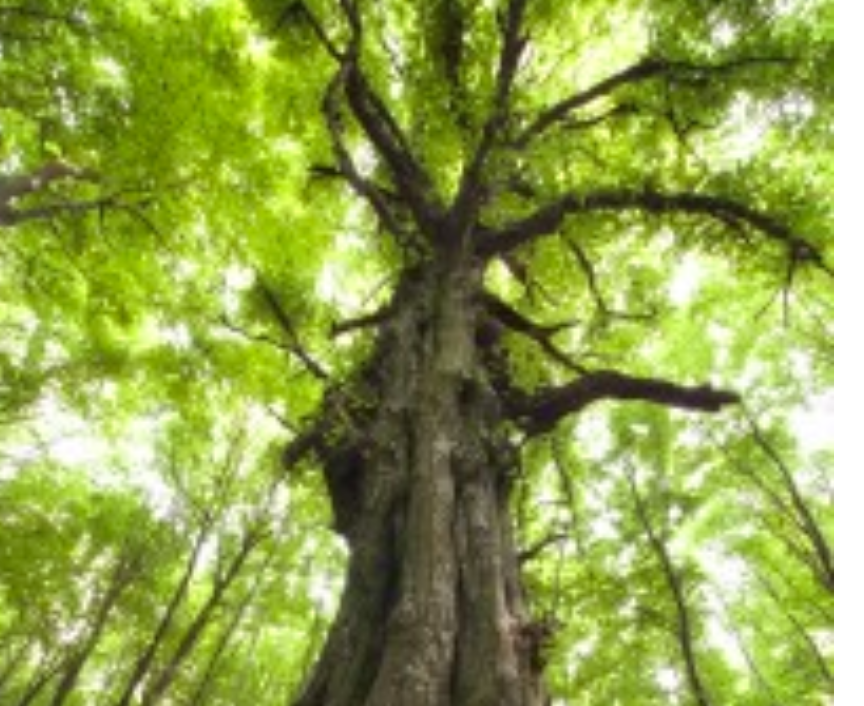Far too often in my work at Be’chol Lashon I listen to Jews of Color tell me about the hurt and rejection that they have experienced when they have been excluded from Jewish life. These are painful experiences; sometimes they leave deep emotional bruises and sometimes the experiences sever ties with Jewish community all together. Racist exclusion within Jewish life is a destructive force. And in the lead-up to the 9th of Av, I am thinking about how the rabbis in the Talmud warn us about the dangers of shaming and acting on baseless hatreds and the role we can all play in creating communities of belonging.
The 9th of Av is, in Jewish tradition, the anniversary of the destruction of the Holy Temple in Jerusalem by the Romans. And yet, when the Talmud tells us again and again that it was baseless hatred that was the cause of the destruction of the Holy Temple in Jerusalem, it is not the hatred of the external Roman enemy that they are referring to; the cause of the destruction came from the baseless hatred within our own community.
The proof comes from the story of Kamtza and Bar Kamtza. The tale found in the Talmud, begins like a comedy of errors, but quickly unfolds into something much darker. There was a man who had a friend named Kamtza and an enemy whose name was Bar Kamtza. Notably, the Talmud makes no mention of why this man hated Bar Kamtza. In other words, like so many, this was not a hatred that was based on noteworthy problems.
The man wanted to invite his friend Kamtza to a feast but the invitation accidentally went to Bar Kamtza. Despite their history, Bar Kamtza showed up at the celebration. The host, discovering his enemy at his gathering, ordered Bar Kamtza to leave. Fearing the impending shame that would ensue if he was forced out, Bar Kamtza offered to pay for his own meal; then for the entire celebration. Still, the host sent him away, publicly shunning him.
Angry not only at the host but also the elders who failed to intervene, Bar Kamtza then schemed to ensnare the Temple leadership into a situation in which they in turn shamed and angered the Romans, an act that was the first step in the heightening of tensions that ultimately lead to the destruction of the Holy Temple. The rabbis of the Talmud did not see the Romans as blameless but rather bring the story of Kamtza and Bar Kamtza to remind us just how destructive baseless hatred and shaming can be and of the role that bystanders play in ensuring that our community standards of inclusion are upheld.
I have to wonder what was in Bar Kamtza’s heart as he set out to the feast. Was he hoping for a reconciliation? What might have happened had his host welcomed Bar Kamtza and made space for him at the table? There were multiple ways the shaming and rejection could have been mitigated but the host chose actively not to take steps to avoid the humiliation of a fellow human being. What was gained by the host by hanging on to the anger? What role might the leaders and other community members have played that might have changed the outcome?
In claiming that the Holy Temple in Jerusalem was destroyed because of baseless hatred, the rabbis of the Talmud are making a significant claim; baseless hatred is such a strong force that it can and will destroy that which is most holy and sacred.
We no longer have a Temple, but baseless hatred continues to be a destructive force in Jewish life.
Racism is a baseless hatred. I regularly see how destructive the shame that emerges in our communities as a result of racism can be and is. I regularly see community leaders, young and old who choose the status quo rather than stepping in and disrupting racism and its impact. Racism is a strong force that can and does destroy that which is most holy and sacred. And while we might think that the impact is limited to human dignity of the individual -which should be cause enough for all of us to take up arms against racism- the Talmudic story reminds us that baseless hatred impacts not only the individuals but also our institutions and our community.
If we want to build a strong and vibrant Jewish future, we cannot afford to overlook the lessons of the Bar Kamtza drama. Even if we are individually not the source of racism in our communities, if we are not taking an active stance against racist exclusion then we are not better than the elders who stood idly by. As we head to Tisha B’Av, we each must recommit to fighting baseless hatred in all its modern forms so that we can create communities that thrive and in which we all can fully belong.







